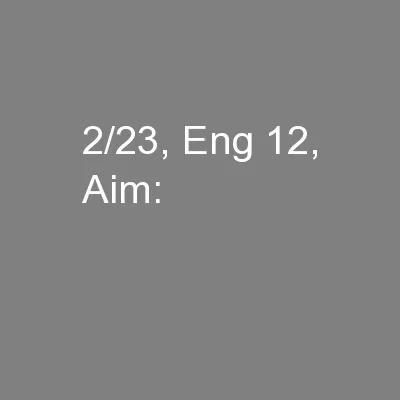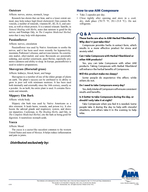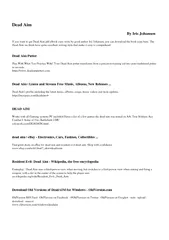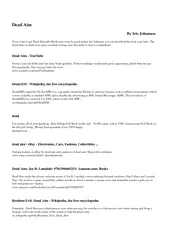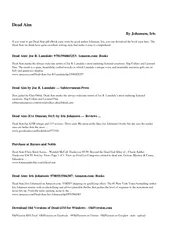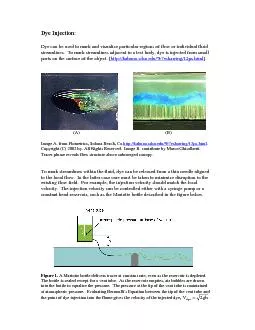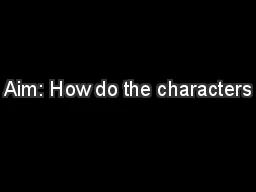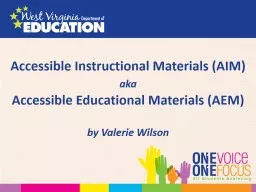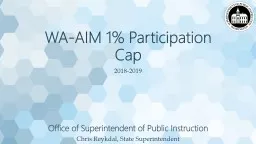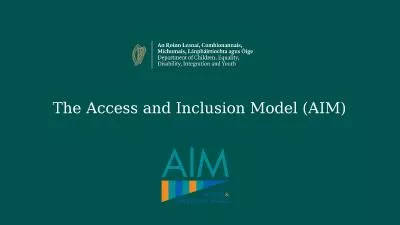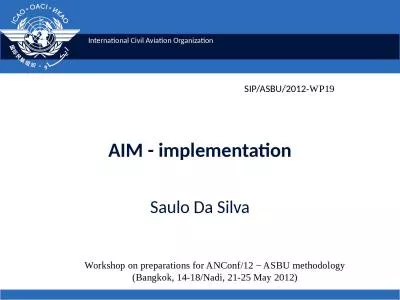PPT-2/23, Eng 12, Aim:
Author : pamella-moone | Published Date : 2016-06-11
How can we differentiate between the 3 types of irony and learn about understatement overstatement and paradox Do now Identify the three examples of irony below
Presentation Embed Code
Download Presentation
Download Presentation The PPT/PDF document "2/23, Eng 12, Aim:" is the property of its rightful owner. Permission is granted to download and print the materials on this website for personal, non-commercial use only, and to display it on your personal computer provided you do not modify the materials and that you retain all copyright notices contained in the materials. By downloading content from our website, you accept the terms of this agreement.
2/23, Eng 12, Aim:: Transcript
Download Rules Of Document
"2/23, Eng 12, Aim:"The content belongs to its owner. You may download and print it for personal use, without modification, and keep all copyright notices. By downloading, you agree to these terms.
Related Documents

